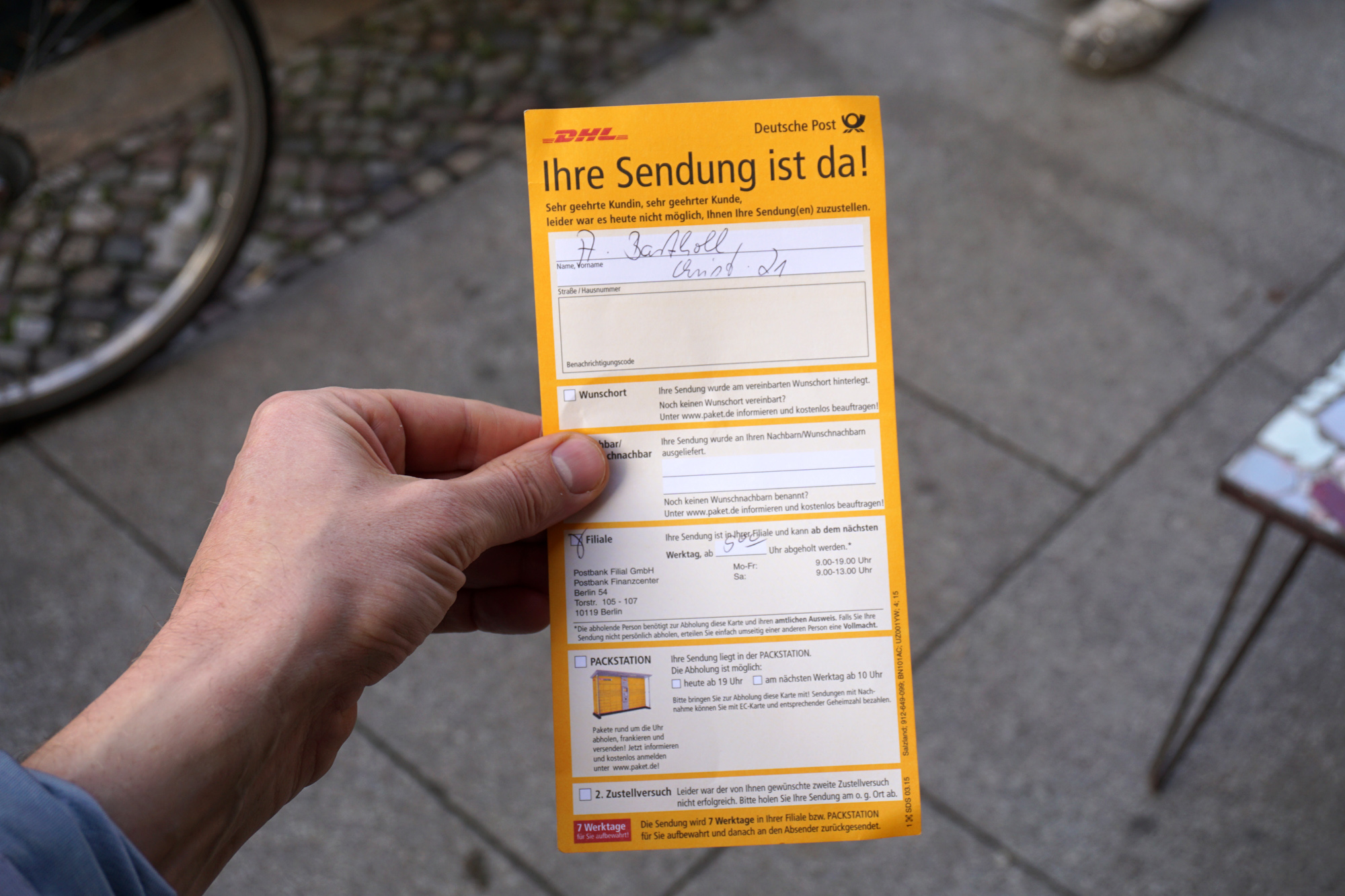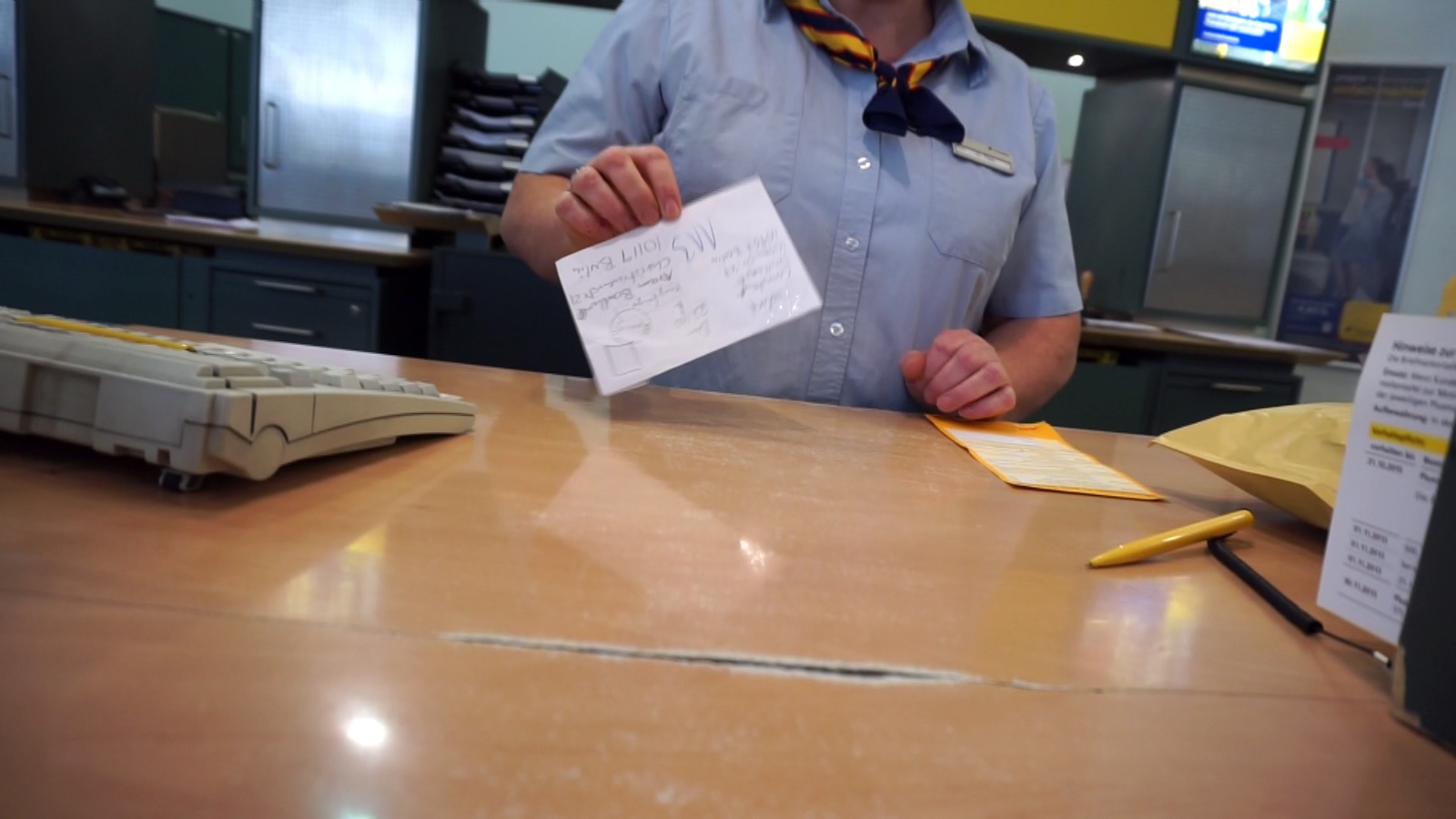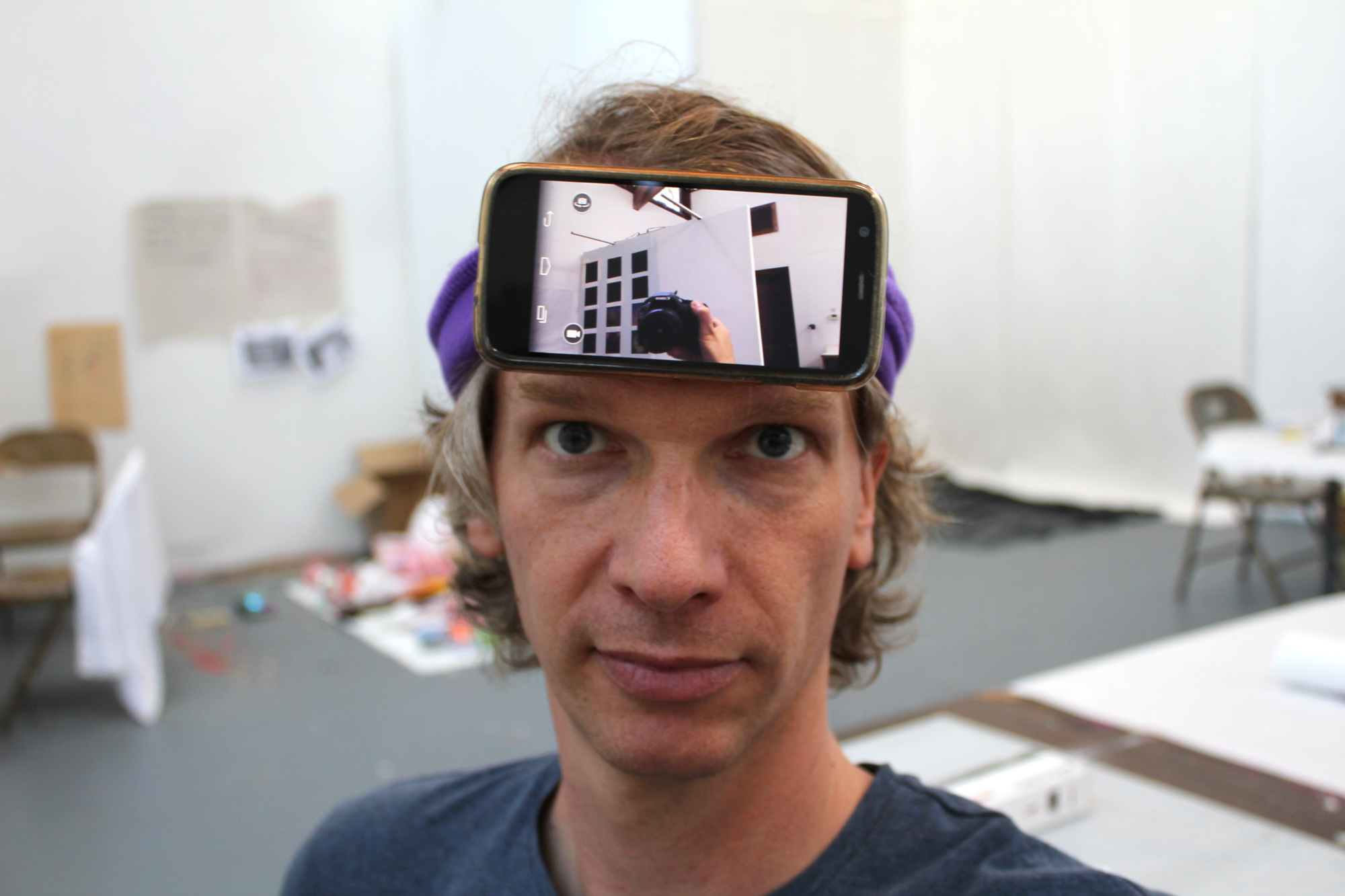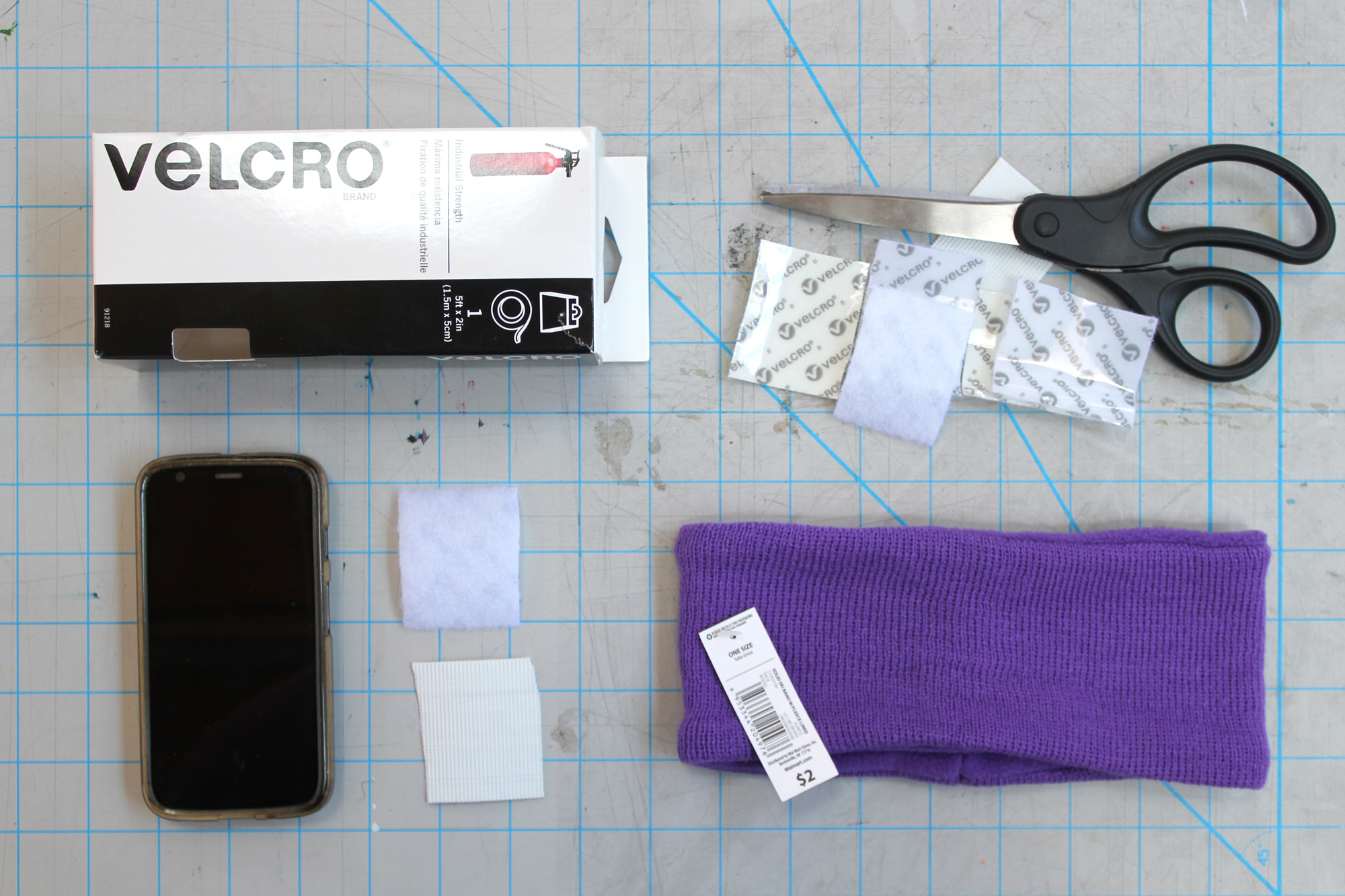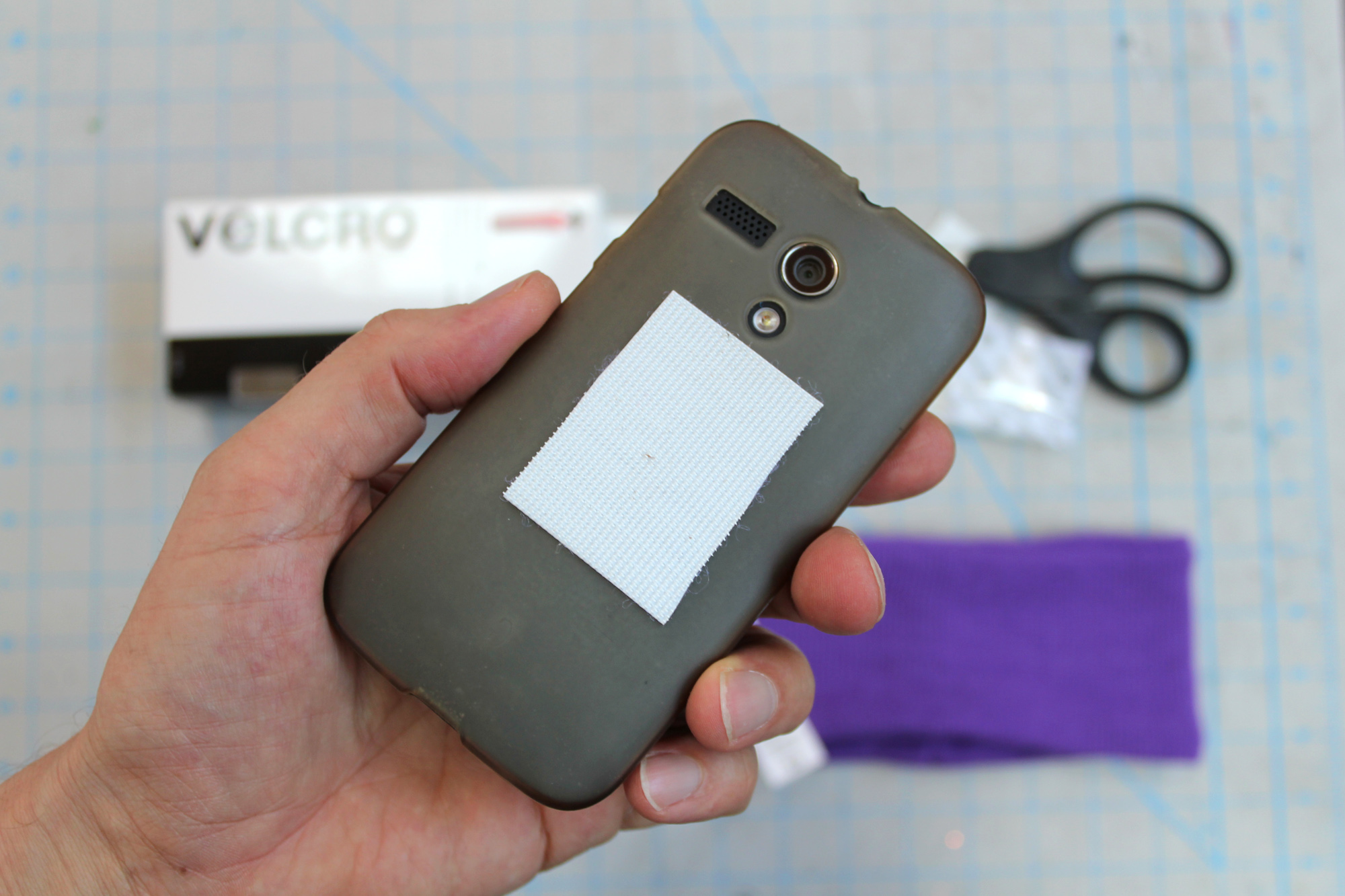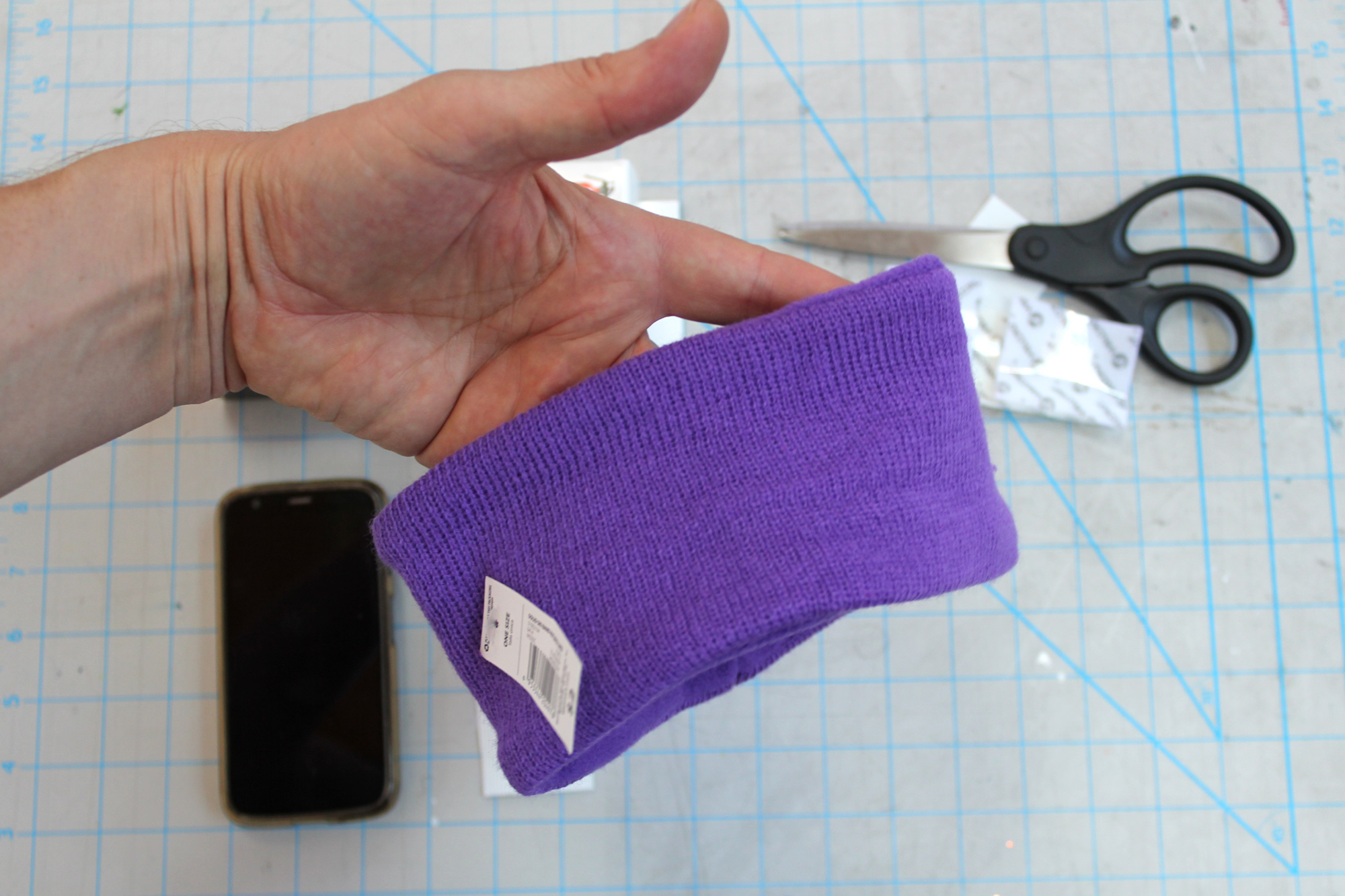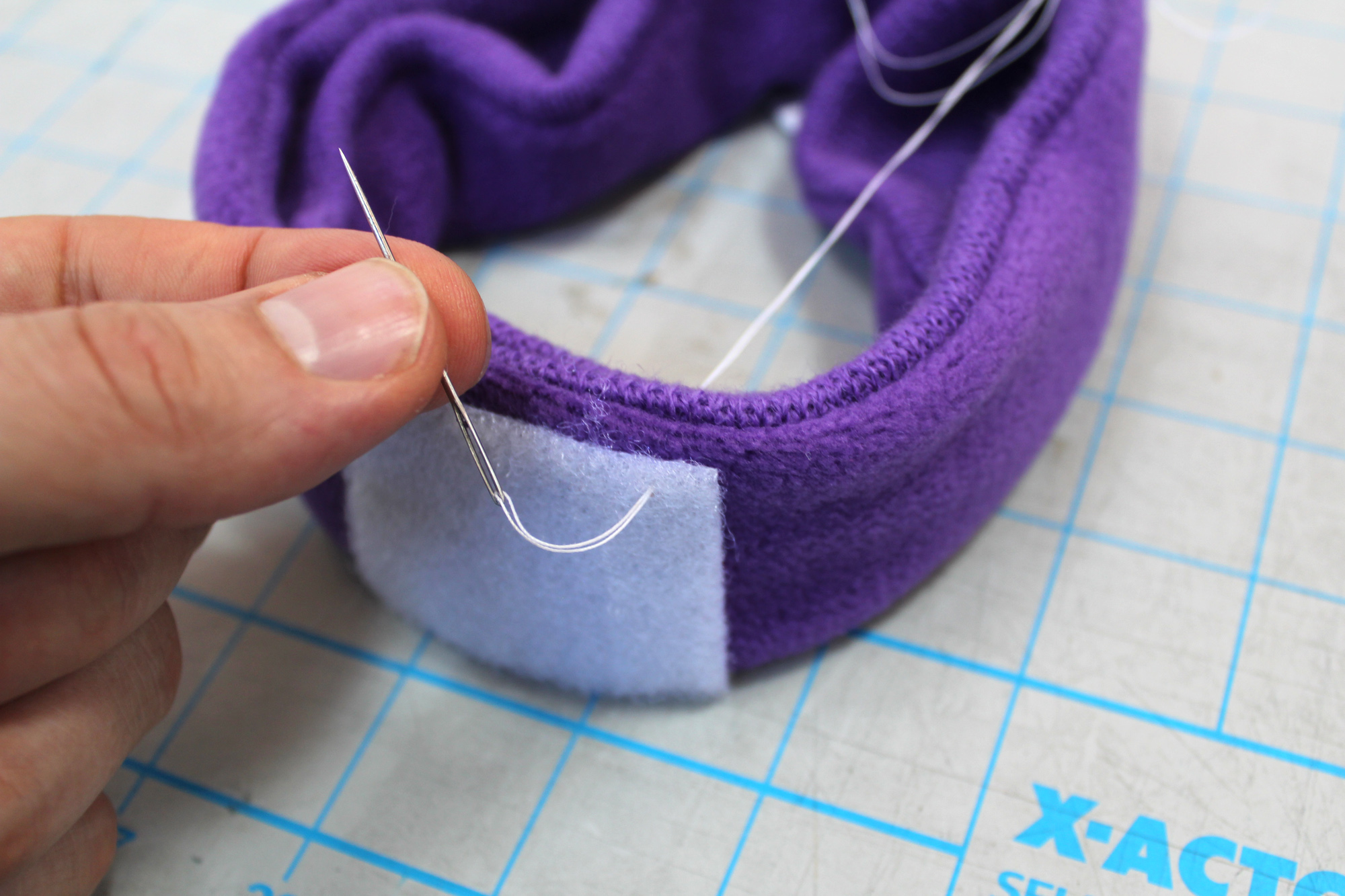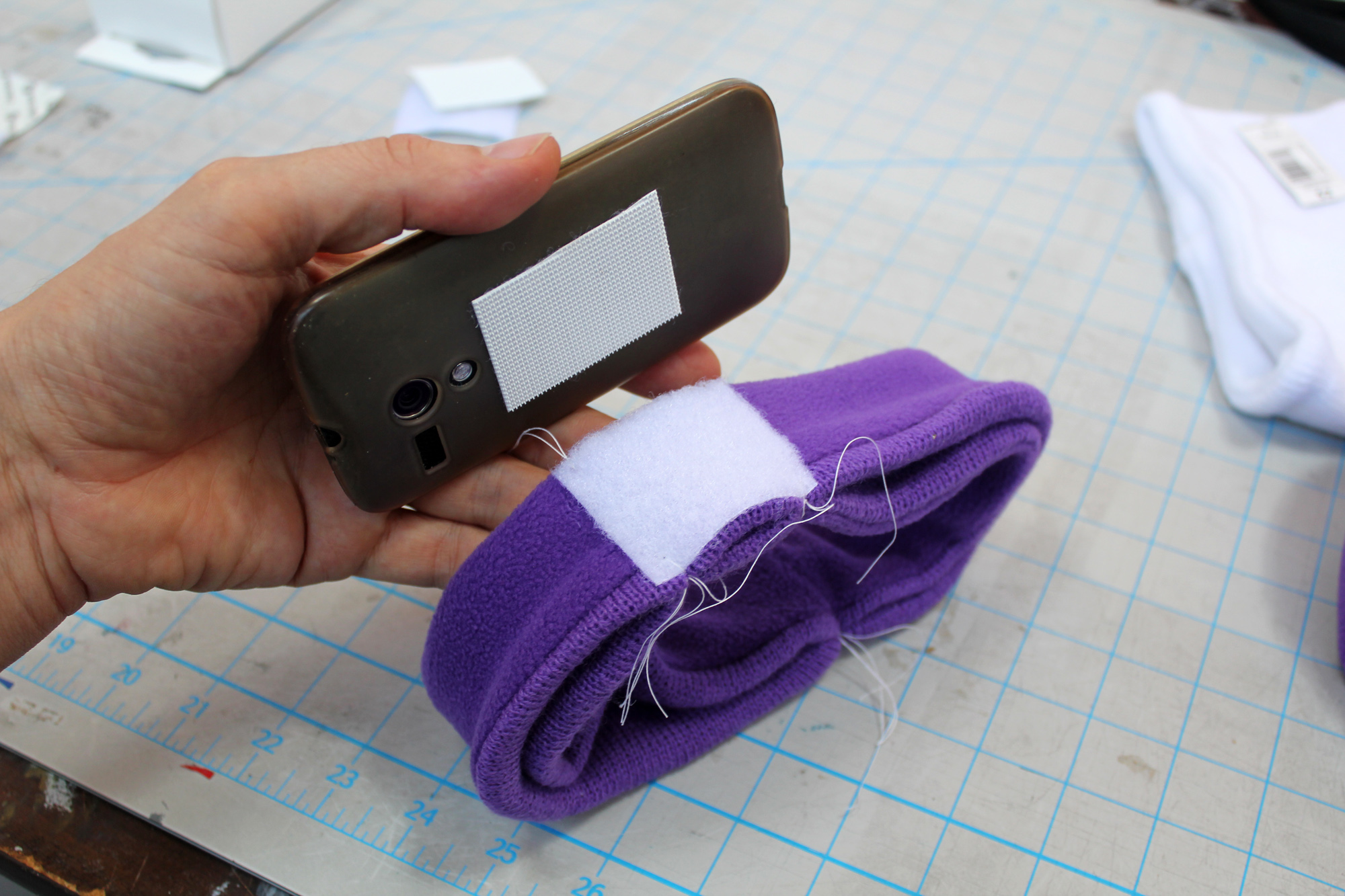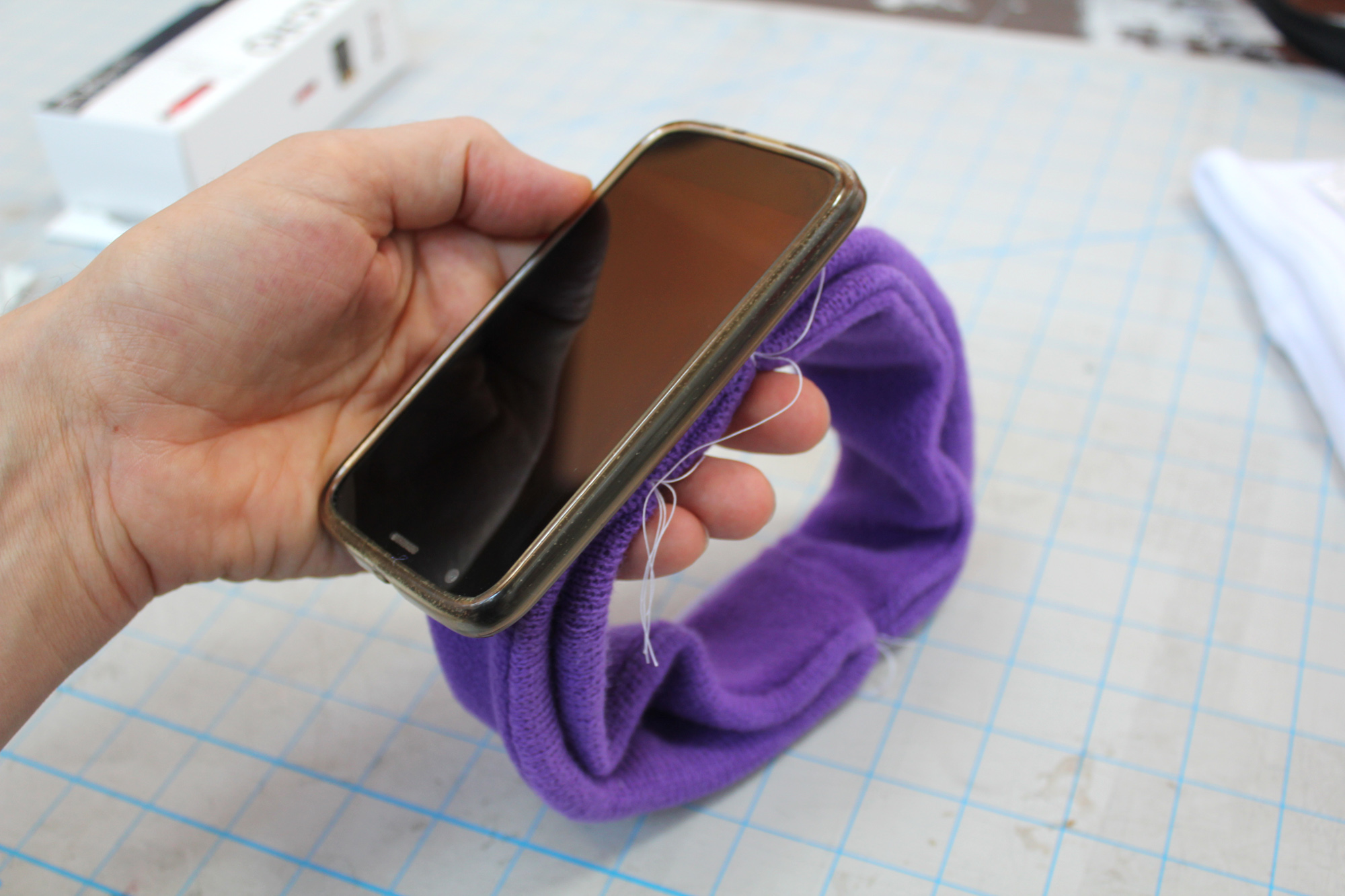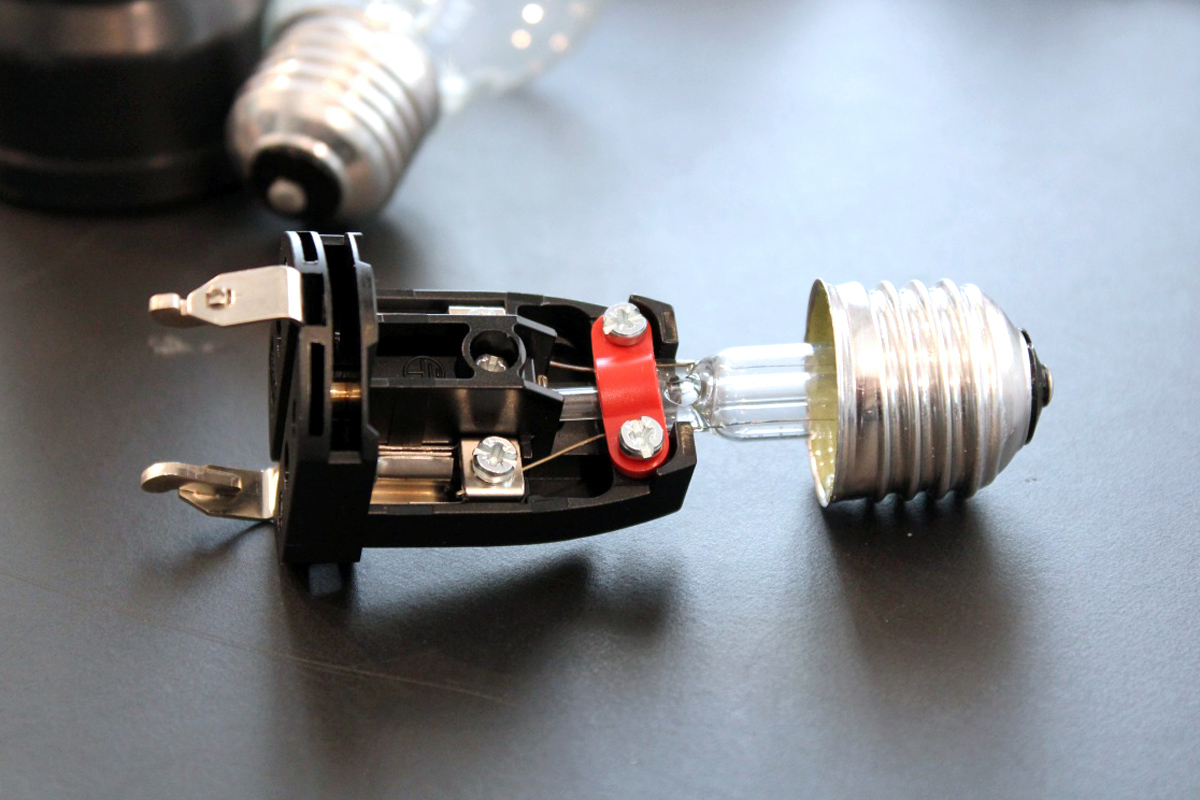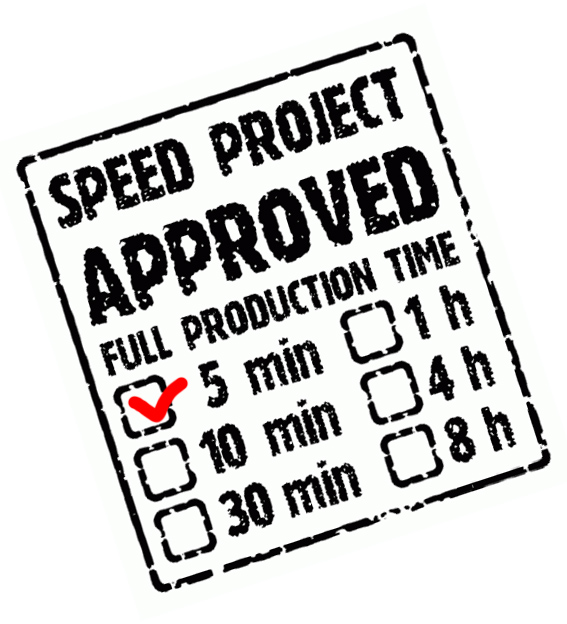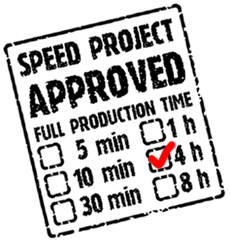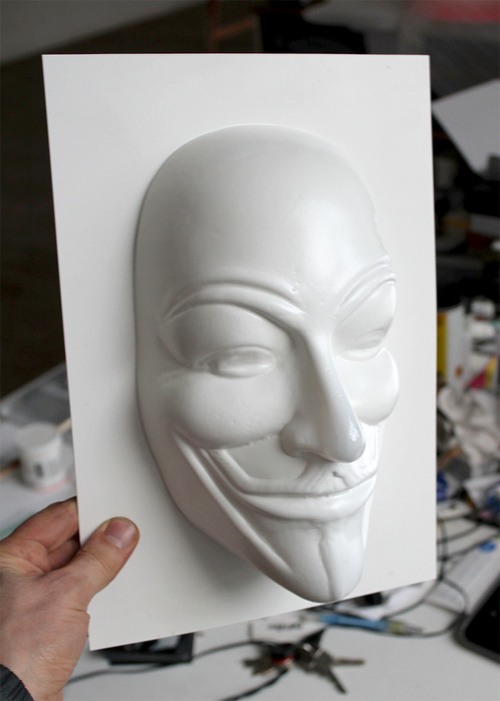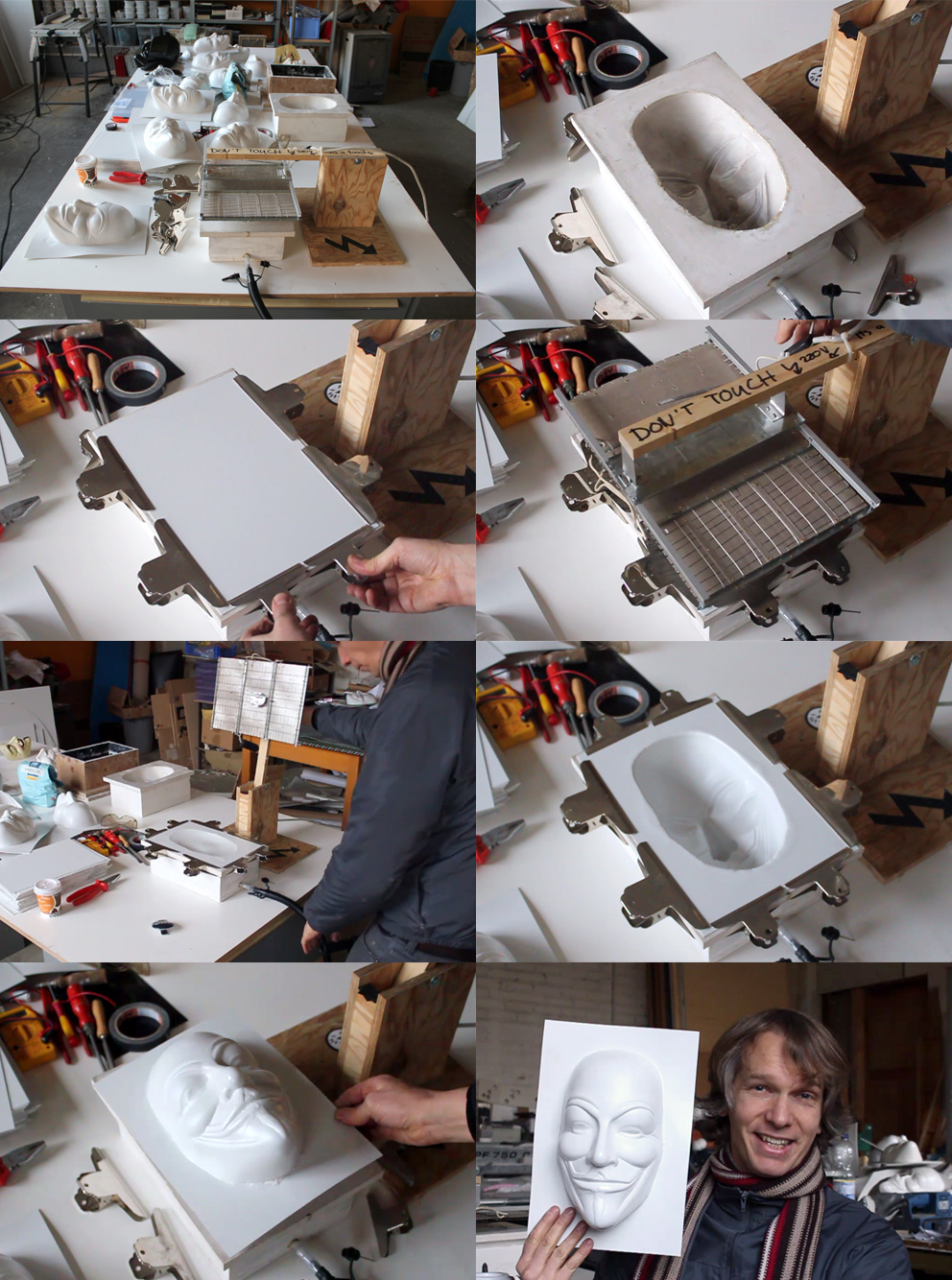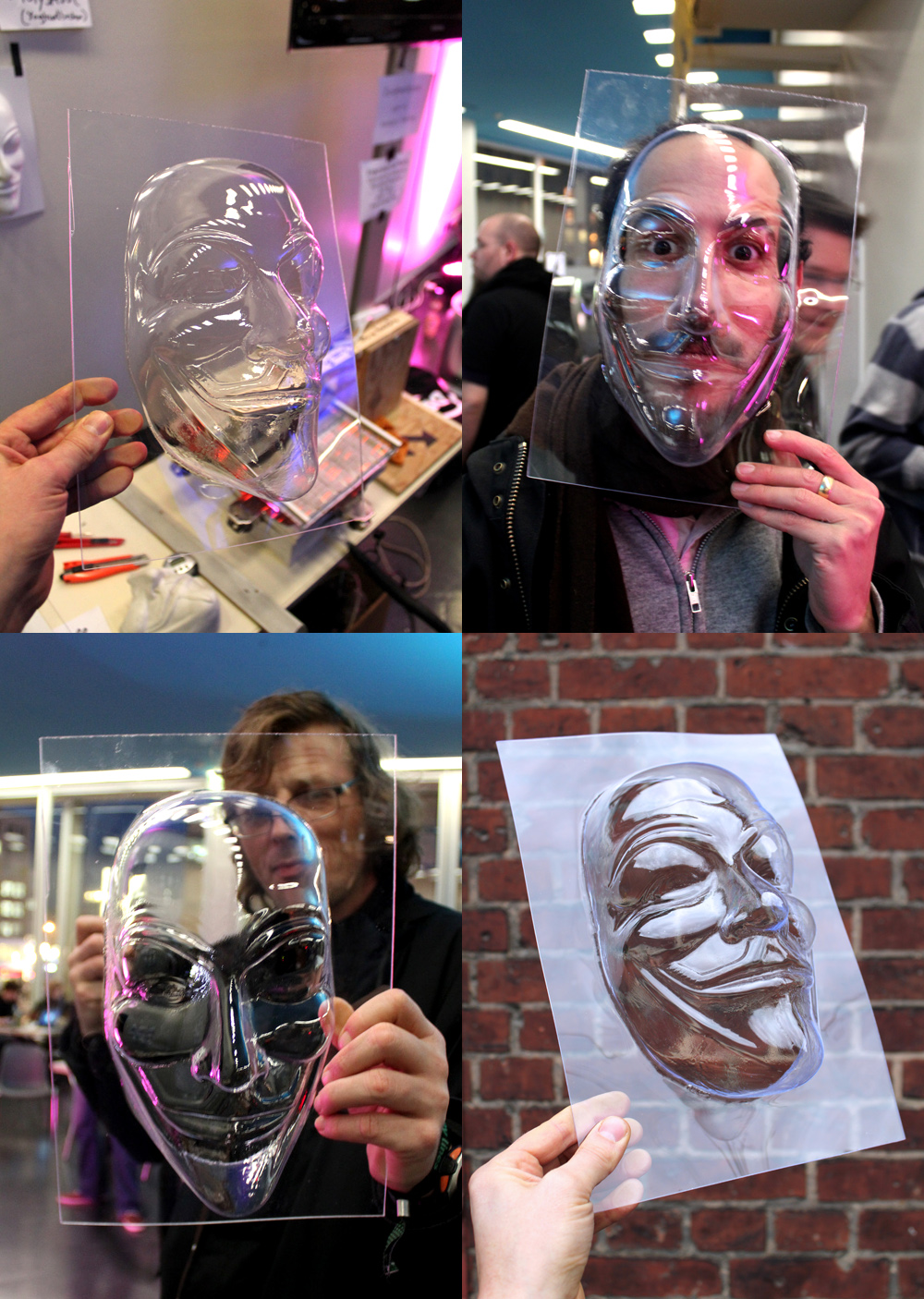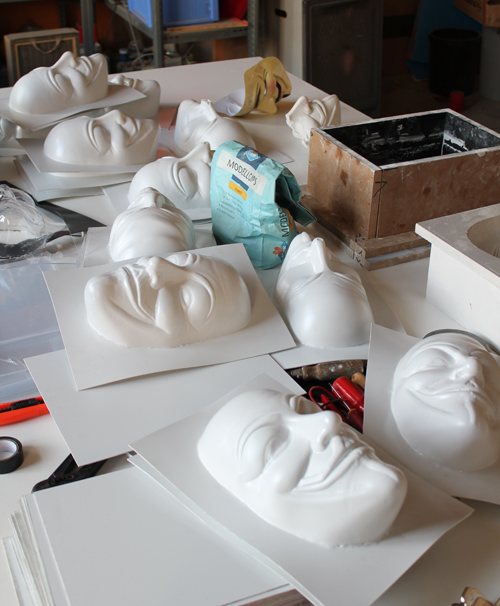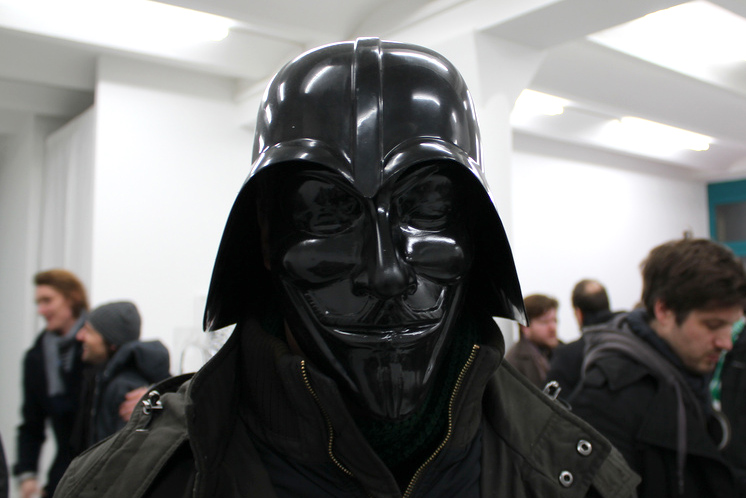Your Prof Application
Dos & Don’ts for your application in art & design,
Your professor hearing / interview situation:
This is a total random and uncomplete list of the top of my head from personal experience in these situations over the past 10 years, (from both ends of the table) There is much more to say about this of course, but here is a start to avoid the most classic mistakes. Also disclaimer, in other disciplines total different rules may apply…. and all of this my private opinion. Aram 2021
Preparations
- Know the school in detail! Study their website, their programs, the people teaching there. This will make a good impression when you can relate to this knowledge in the conversation.
- Also make sure that you know who is running the workshops that are relevant to your field. Those workshop leaders have a high chance to be in your selection committee as well.
- If you still have questions calling the school or a professor who is in the selection committee might be beneficial.
- Know the address of the school and come early. It gives you time to look at the campus. I was in interviews where the applicant took a taxi that brought them to the wrong campus.
- Normal but crucial: Check all your hardware, cables, adapters etc. Make sure the presentation really works, videos play, sound etc. Test your presentation in a two monitor setup.
- In case it is a remote presentation (Zoom), make 100% sure you have a top internet connection. Use an ethernet cable not the kitchen wifi. Dont have people walk in your room interrupt you.
- Some committee members will right away search on google for you, not paying attention to the exquisit PDF you crafted. what and where will they find? it makes sense to have a website. (always! 😉
- …
Portfolio
- The traditional portfolio has an Anschreiben, a CV with teaching experience, exhibitions, publications, things you did in the self organisation of other universities, people you worked with can also be added.
- One part should talk about the way you teach and how you imagine the teaching at the school you are applying at. Universities are always interested with whom you might collaborate.
- If it’s a digital application then a horizontal screen optimized portfolio makes the most sense.
- If you are not a graphic designer yourself it can be beneficial to ask one to support you with your portfolio but try not to over do it.
- In case you re not getting invited for a hearing+interview within 3-6 months after the deadline of the application, it is very likely you are not selected for the 2nd round. It will take another 12months or so till you get a rejection notice. the whole process needs to be finished before they can let you know, german burocracy.
- …
Hearing / lecture situation
Normally this will take 30 to 45 minutes. You will give a lecture in front of the hearing commitee and students from the school (“hochschulöffentlich”). After your presentation their will be 15 minutes for q&a.
- Come early and check if your laptop works with the projector. It is good to have some kind of backup (usb stick with the keynote file ect.)
- Don‘t read from notes!! Freely spoken lecture for a professor job is mandatory! It can be K.O. reason later.
- Check the time. You need to keep track of the time yourself. (maybe you need to switch to other content you were asked to at some point) Make sure to stay in the asked time frame.
- Yes, be self confident, show your works but don‘t bragg too hard about it. Your are not talking to a customer, gallerist or collector etc.
- Important! Also show student works, not just your own work. They know already your work is great, but they will judge you also on your students results. When showing student work, be very precise with the attribution! (Who, when, where, what) (I would say it also depends on how applied the school is. The more applied it is then show more student work and how you want to structure the course. The more artistic the school is the more talk about your artistic vision/portfolio ect)
- ….
Interview situation with Berufungskommission
After the hearing there will be a more private q&a with the application commitee. Normally this will happen in a different room then the lecture.
- Yes, you wrote a long application with all your info and CV etc but not everyone in the room (10-15 people) has read that or already forgot details. Assume they don‘t actually know you.
- Classic tip, but here again. Unless you re asked to, don‘t talk about your weaknesses, things you are missing in your qualification or in your education. (they don‘t know, they already forgot your CV)
- Besides individual questions these are the most common, sort of default questions for a professor hearing in Germany you can expect:
- Why do you think you fit this position? (classic, always, everywhere)
- What would you teach next semester in your class? What topics? How would it look like? Who would you invite? Etc.
- This is a full time position! Aren’t you afraid this position will throw over your art/design career? How will you handle that?
Besides teaching, what are you planning to research? What is your research field? - What ist your vision for your class/program? what do you need in terms of equipment/space?
- Are you interested in interdisciplinary collaborations? Who could be a partner? (In school, city, world wide)
- Are you willing to participate in akademische Selbstverwaltung/ commitee work? Do you have experience?
- Will you move to the city? (they usually want that of course) Just answer with yes, you can always change your mind later 😉
- From when on are you available? (obligations, other contracts?)
- What are your questions? They will ask you that. What do you want to know?
- Questions like: “You just got a kid. How will you be able to handle the work load?” are very unethical but they get asked sometimes. You should think about how to answer them in a polite way and make clear that this is not an appropriate question. Every commitee has a “Gleichstellungsbeauftragte(r)” a person for diversity and equal rights. They should intervene in such cases
- ….
Some background info
- Often the Berufungskommission doesn’t know what they want or have internally very different ideas who to employ.
- Also, they want everything. You need to be international but need to have local connections. You have to have experience in teaching but als be great in research. Should be super famous but that could also be a problem (depending on school) and it goes on like this. It s impossible to fit it all.
- It is important to understand that that they will judge you not only for your expertise but they also wonder “do i want to work with this person in commitee meetings next couple decades?”
- Not everyone in the Kommission is an expert in your field. Sometimes they have weird ideas.
- These Kommissions can be very erratic and come to conclusions which are hard to follow (politics)
- If you get invited but not actually fit the requested profile, meaning you re ‘fachfremd’ it is not very likely for you to get the position. They just wanted to please themselves with “Oh look, we invited such a diverse crowd”
- The whole process for new positions in germany takes unfortunately super long most of the times. This means you had your interview but don’t hear back from them for months or even years. They can only let you know you ve been rejeted once the position is confirmed and a contract has been signed etc.
- …
Fun fact!
You don t need to wear a suit jacket (sakko) to be taken serious (unless you are wearing those for real)
Dont give up! try again and again!



